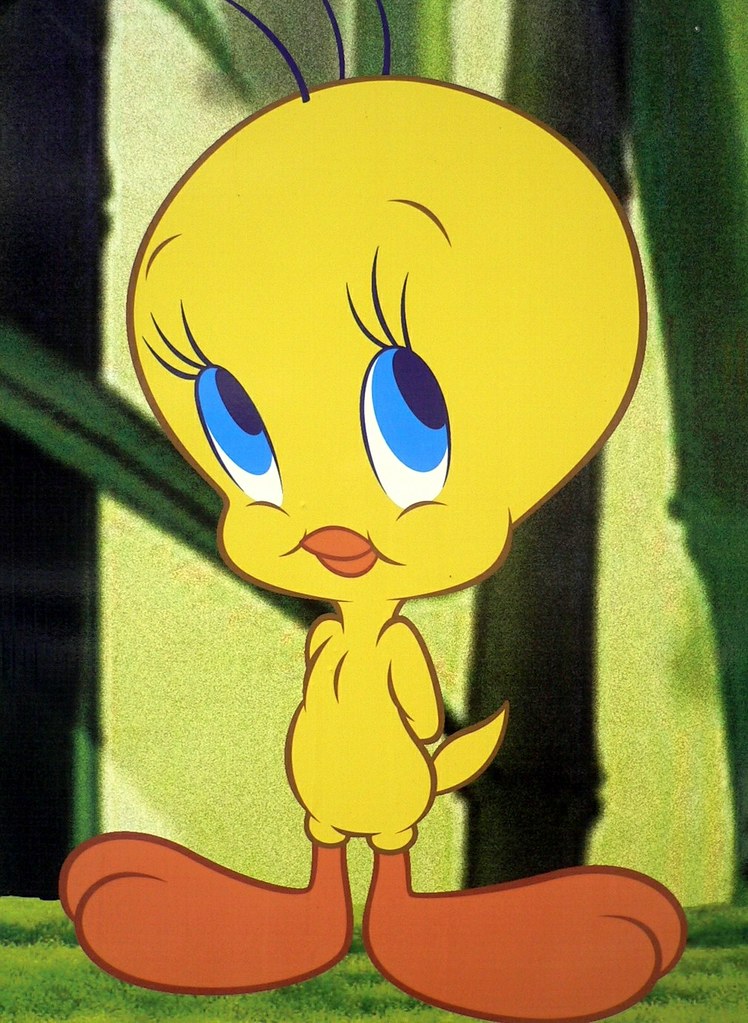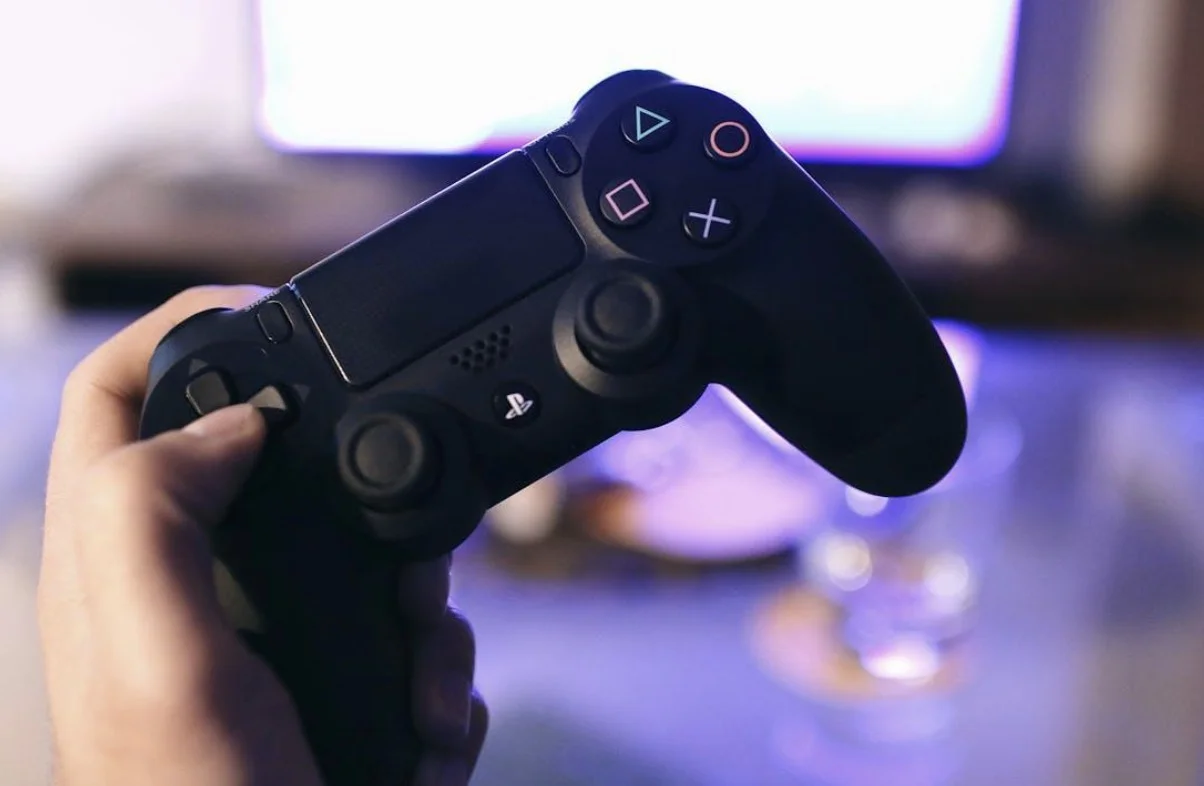Tweety Bird is a classic Warner Bros. Looney Tunes character widely recognized by audiences for the yellow feathers, an endearing but sharp attitude, and a unique speech accent. The character made its appearance in numerous animated cartoons during the golden age of American animation and has since remained a pop culture icon. Over the years, Tweety’s gender has been the subject of curiosity and debate among viewers. Commonly misrepresented due to the long eyelashes and high-pitched voice provided by Mel Blanc, Tweety has been confirmed to be a male character.
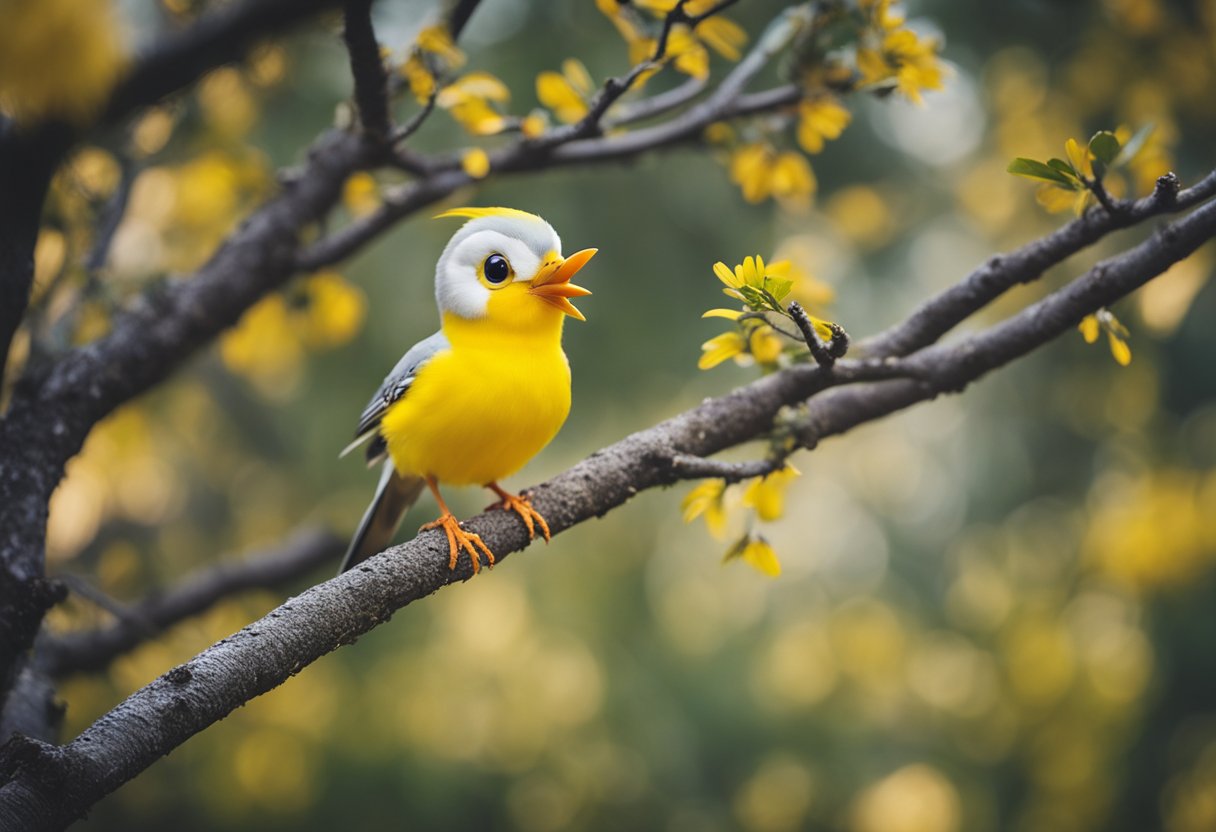
Despite the confirmation of Tweety’s maleness, the ambiguity surrounding the character’s gender continues to intrigue fans and researchers alike. Tweety Bird’s design does not strictly adhere to traditional masculine stereotypes, which has fueled ongoing discussions about its gender identity. The creators’ choice to give Tweety characteristics that could be considered feminine by some viewers, such as the aforementioned eyelashes and voice, has been seen as a way to create an adorable and non-threatening character, which also plays into the comedic aspect of the cartoons.
The conversation around Tweety Bird gender is reflective of the broader discourse on gender representation in media. It demonstrates how animated characters can become subjects of interpretation and re-evaluation, challenging viewers’ perceptions and societal norms. Tweety stands as an example of how gender roles and characteristics can be represented and subverted in animated storytelling, leaving a legacy that transcends simple categorization as merely a character in a series of cartoons.
Character Origins and Creators
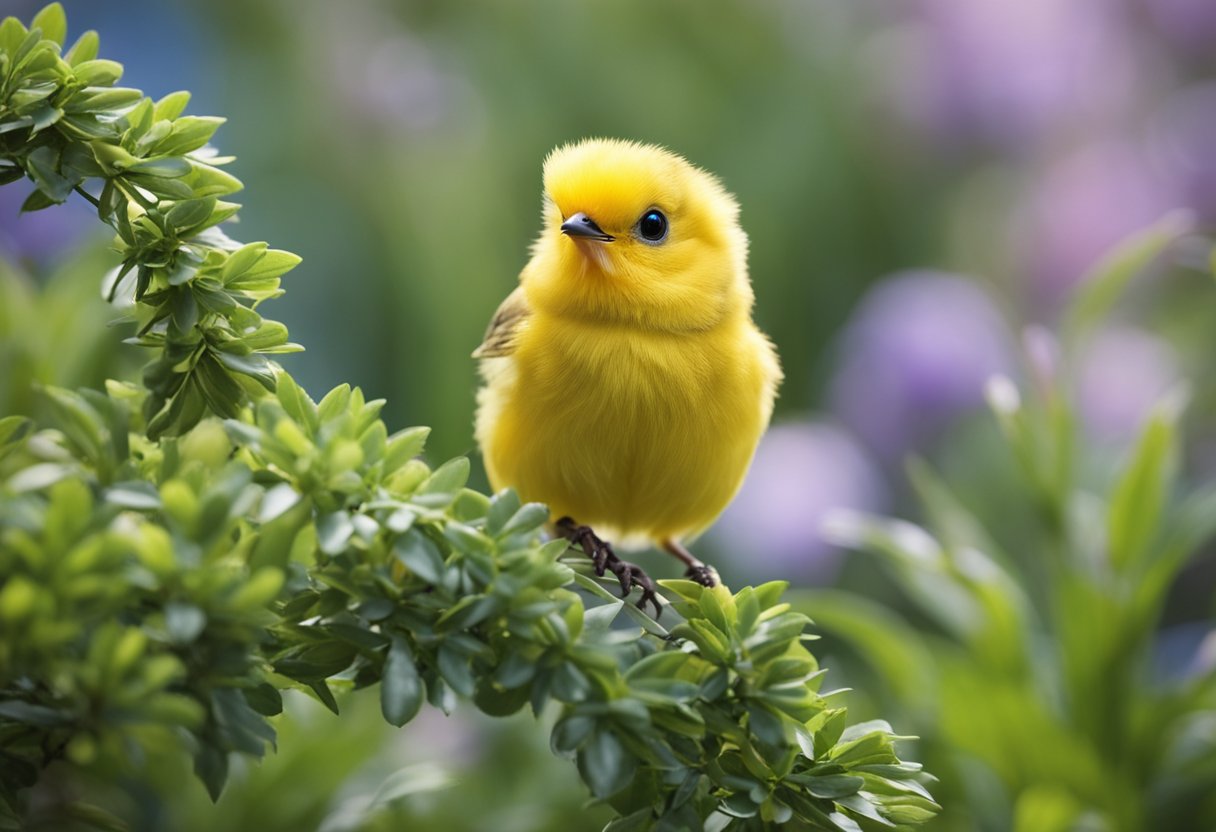
The iconic Tweety Bird was brought to life by creative minds at Warner Bros., evolving through different animators’ visions. This section explores the initial creation, debut, and subsequent development of the character.
Creation by Bob Clampett
Bob Clampett, an animator, and director at Warner Bros., is credited with the inception of Tweety Bird. Clampett’s inspiration for the character stemmed from his own childhood pet canary. He sought to design a character that contrasted a cute appearance with a mischievous personality.
Introduction in ‘A Tale of Two Kitties’
Tweety made his first public appearance in the 1942 animated short “A Tale of Two Kitties.” This Warner Bros. cartoon announced Tweety as a new character in the Looney Tunes series, depicting him as a small but clever adversary to two hungry cats.
Development Under Friz Freleng
After Clampett’s initial concept, Friz Freleng further developed Tweety Bird’s characteristics and design. Under Freleng’s direction, Tweety evolved from an aggressive and plucky bird into the more recognized sweet and innocent yet shrewd canary, becoming one of Warner Bros.’ most beloved characters.
Physical and Personality Traits
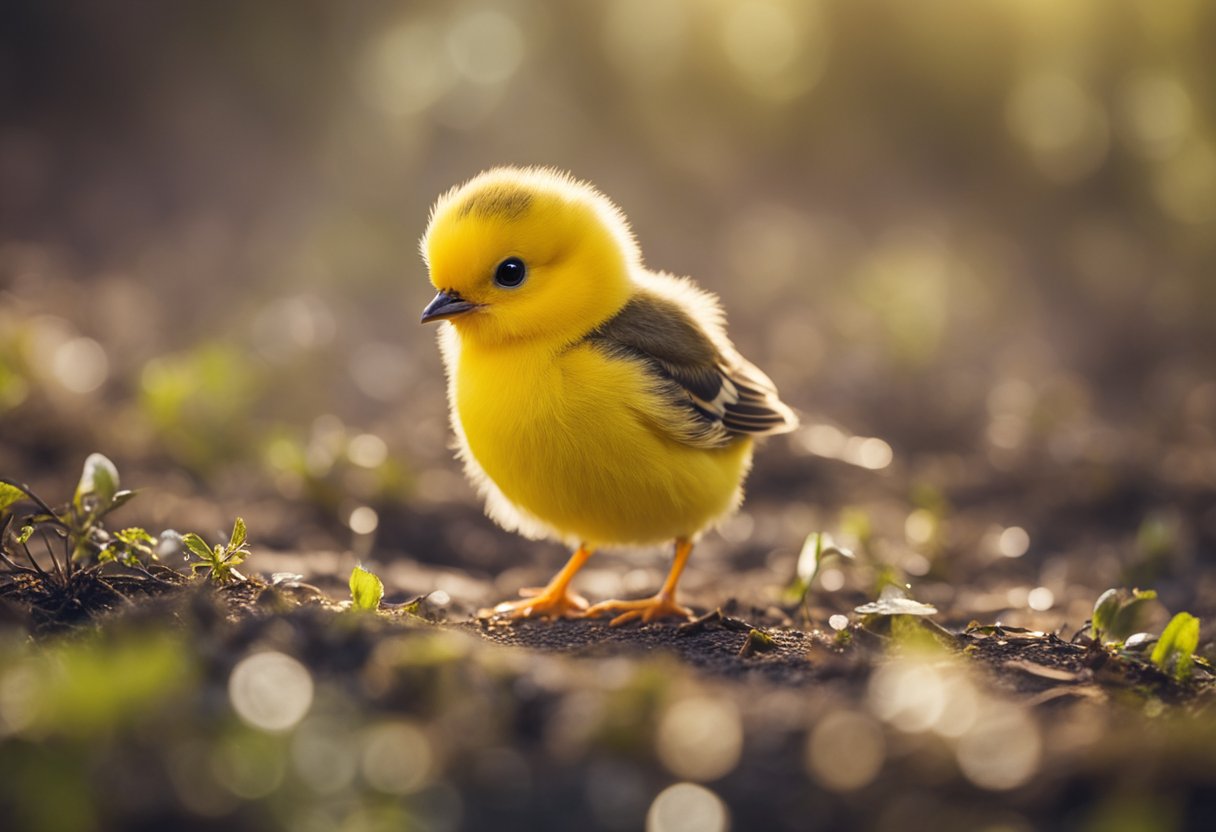
This section examines Tweety Bird’s gender-related characteristics, dissecting physical attributes, and behavioral patterns.
Distinctive Physical Appearance
Tweety Bird boasts a striking set of yellow feathers that distinguish this character as an iconic figure within the Looney Tunes universe. One of the most debated features concerning Tweety’s gender is the presence of long eyelashes, which some viewers associate with femininity. Moreover, Tweety’s blue eyes often contribute to the ongoing discourse about the character’s gender.
Personality and Behavior
Tweety’s personality is characterized by a certain cunning and mischievous quality, often used to outwit adversaries in the animated series. The character’s high-pitched voice has been noted by audiences, though this trait alone does not definitively indicate Tweety’s gender as male or female. Contrarily, the character’s adorable demeanor can be perceived as an intentional contrast to the typically sly behavior, adding complexity to the gender debate.
Gender Identity and Representation
Tweety Bird, a character renowned for its place in animation history, has a gender identity that has prompted discussion among audiences and scholars alike. This section explores the longstanding debate surrounding Tweety’s gender and the implications it has on societal expectations of gender roles and stereotypes.
The Gender Debate
Tweety Bird, who first charmed audiences in 1942, carries traits that have led to a debate over its gender identity. Traditionally, Tweety has been referred to with male pronouns, suggesting a male identity. Critics and fans often cite Tweety’s high-pitched voice and short eyelashes as characteristics typically associated with male cartoon birds. Despite these attributes, the ambiguity around Tweety’s gender remains.
Impact on Societal Expectations
Tweety Bird’s representation challenges traditional gender stereotypes and highlights the fluidity of gender identity. Characters like Tweety can influence how society perceives gender roles and expectations. By blurring the lines of gender stereotypes — such as aggression or gentleness — the character encourages viewers to question the validity of such stereotypes in society. Tweety’s interactions and traits become a canvas for reflecting on broader societal norms regarding gender.
On-Screen and Media Presence
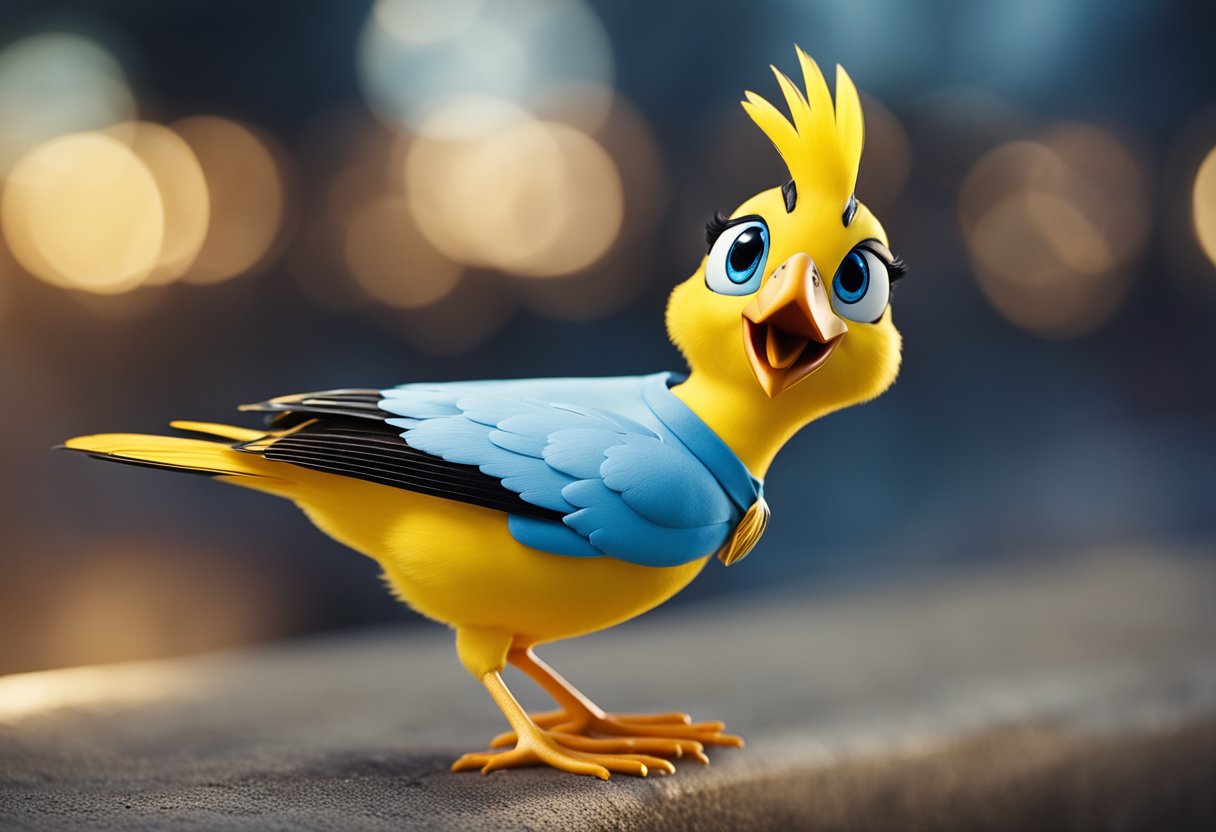
Tweety Bird’s on-screen and media presence has significantly shaped the character’s identity, influencing merchandise and cultural depiction over the years.
Interactions with Sylvester the Cat
In numerous Looney Tunes cartoons, Tweety Bird is often pursued by Sylvester the Cat. Their dynamic, depicted as a continuous chase, has become a staple of the series. Sylvester’s relentless yet thwarted efforts to catch Tweety highlight the bird’s cleverness and have cemented their relationship as one of the most iconic in animation history.
Other Looney Tunes Cartoons and Movies
Beyond the shorts with Sylvester, Tweety has been featured in various Looney Tunes movies and shows, including “The Sylvester & Tweety Mysteries” and cameos in films like “Who Framed Roger Rabbit” and “Space Jam.” These appearances often expand on Tweety’s personality and role within the Looney Tunes universe.
Merchandise and Popular Culture Influence
Tweety Bird merchandise has been widespread, ranging from clothing to toys. In popular culture, the character’s phrases and images are frequently used symbols and have been incorporated into various forms of media. Additionally, Tweety has marked its territory on social media, engaging younger audiences and sustaining its presence in contemporary culture.
Voice and Characterization
Tweety Bird’s voice has been a distinctive feature that contributed to the character’s lasting popularity. The voice behind Tweety has undergone changes over the years, while retaining its recognizable high pitch and innocent tone.
Mel Blanc Era
Mel Blanc, known as “The Man of a Thousand Voices,” created the initial voice for Tweety Bird. Blanc’s portrayal began in the 1940s and set the high-pitched standard recognized worldwide. His ability to imbue the character with a seemingly innocent yet sardonic tone endeared Tweety to audiences of all ages.
Jeff Bergman and Bob Bergen
After Mel Blanc’s passing, Jeff Bergman took on the role, bringing a new depth to Tweety while paying homage to Blanc’s original creation. In the early 1990s, Bob Bergen also lent his voice to Tweety, further solidifying the bird’s innocent yet cheeky personality. Both voice actors maintained the distinct vocal quality essential to Tweety’s character.
Evolution of Tweety’s Voice
Over the decades, Tweety’s voice has evolved subtly, with various voice actors bringing their own nuances to the character. The essence of the voice has remained consistent, a testament to the lasting influence of Mel Blanc’s original performance. As new actors assume the role, they honor the iconic sound that has become a hallmark of the lovable cartoon character.
Cultural Impact and Legacy
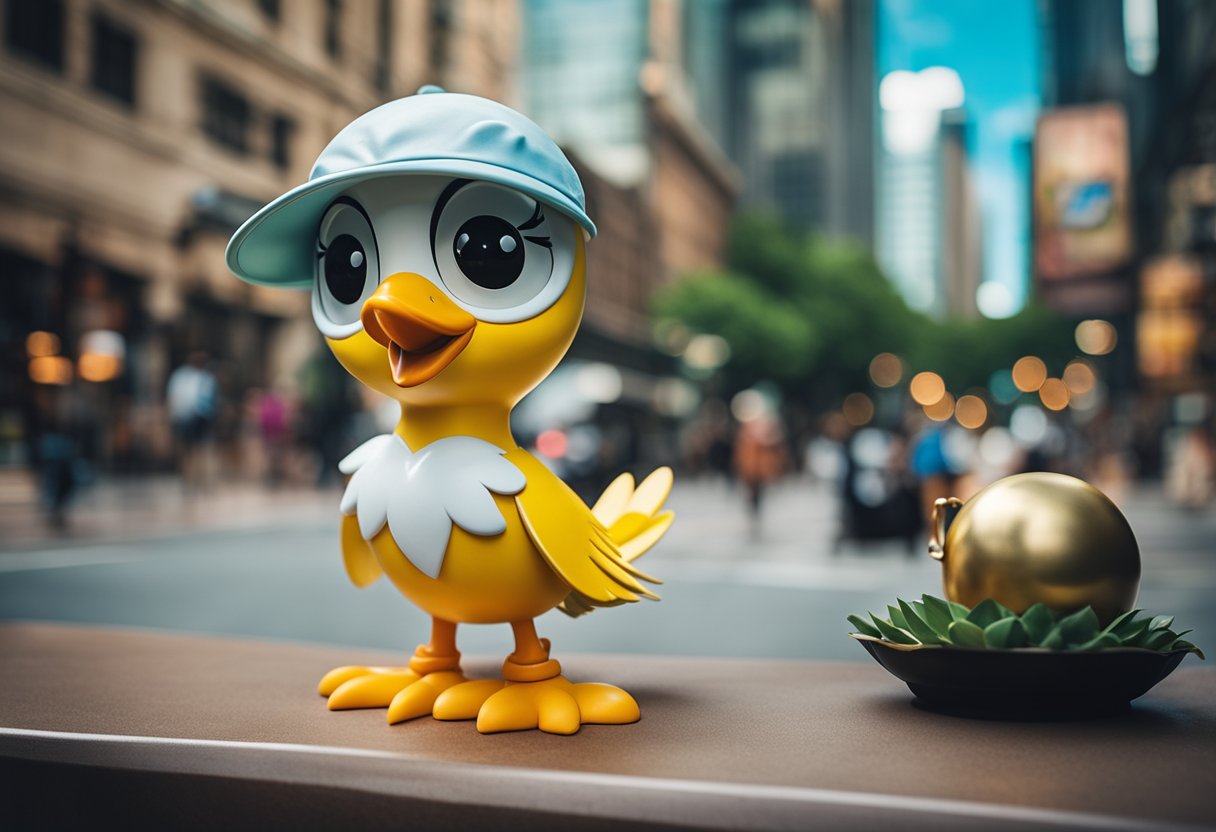
Tweety Bird gender has intrigued viewers, yet it is the character’s broader cultural contributions that have cemented a lasting legacy.
Inclusion in Film and Television
Tweety Bird has appeared extensively across various media, especially in film and television. The character was a staple of the Golden Age of American Animation and has been featured in numerous cartoons and feature films since its inception. Tweety’s catchphrase, “I tawt I taw a puddy tat!” has become iconic, further reinforcing the character’s impact on pop culture. References to Tweety have appeared in a wide array of shows and movies, signifying the character’s widespread influence.
Recognition and Awards
While Tweety Bird itself hasn’t won an Academy Award, the animated shorts in which the character has starred have received significant acclaim. Tweety’s spirited antics and adventures contributed to multiple shorts being nominated, with some winning the coveted Oscars, thus honoring the quality and creativity of the Looney Tunes franchise.
Role in Animation History
Tweety Bird, created by Bob Clampett, is a significant figure in the history of animation. The character epitomizes the ingenuity of early animators during a time when the industry was innovating rapidly. Through Tweety, creators explored new narratives and expressions that pushed the boundaries of animated storytelling. The discussions surrounding the character’s gender identity also highlight evolving societal attitudes toward gender roles within media representations.

